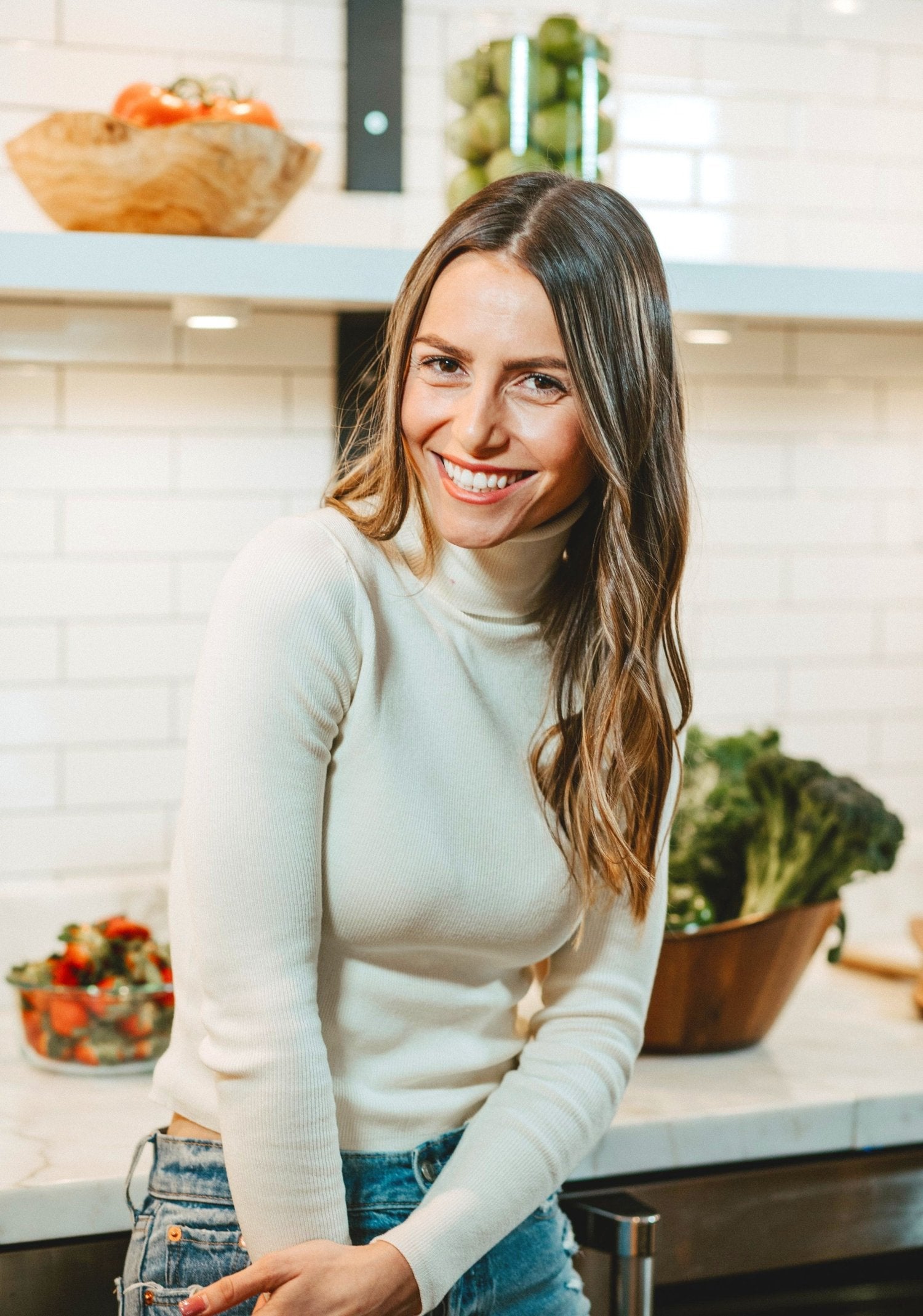
How Many Fruits + Veggies Should We Eat Daily?
- By Carolina Schneider, MS RD
- Updated: April 2025

We know fruits + veggies are good for us, but just how many servings should be on our plates each day? To find out, we got the 411 from the experts. Read on to hear them give it to us straight and spell out exactly why fruits + veggies are so critical for health and longevity.

Carolina Schneider, MS RD
Nutritionist
Carolina Schneider, MS, RD is a Registered Dietitian and founder of Hungry for Plants. She specializes in plant-based nutrition and has followed a whole-food, vegan diet for nearly a decade. With a background in journalism, marketing and public relations, Carolina is adept in creating nutrition content for health and wellness companies that prioritizes the brand’s positioning to consumers. Her experience, combined with her passion and knowledge, equip her to help companies successfully communicate the nutritional benefits of their products to consumers. Originally from Brazil, Carolina is fluent in Portuguese, English and Spanish. Carolina received two degrees in Journalism and Public Relations, which have given her the tools to become a writer and excellent communicator. Additionally, Carolina has years of professional experience in marketing, specifically in the food industry, giving her the knowledge to help brands best position their products to reach new customers and improve brand loyalty. Carolina obtained her Master of Science degree in Nutrition & Dietetics, and is passionate about nutrition science and helping individuals improve health and wellbeing through food.
When would you like your next delivery?
Save CancelYour subtotal must be above $50 for the box to ship. Add your replacement item(s) and then try deleting these again.
Check out everything we have to offer, or start with a set of our customer favorites
Shop Best Sellers